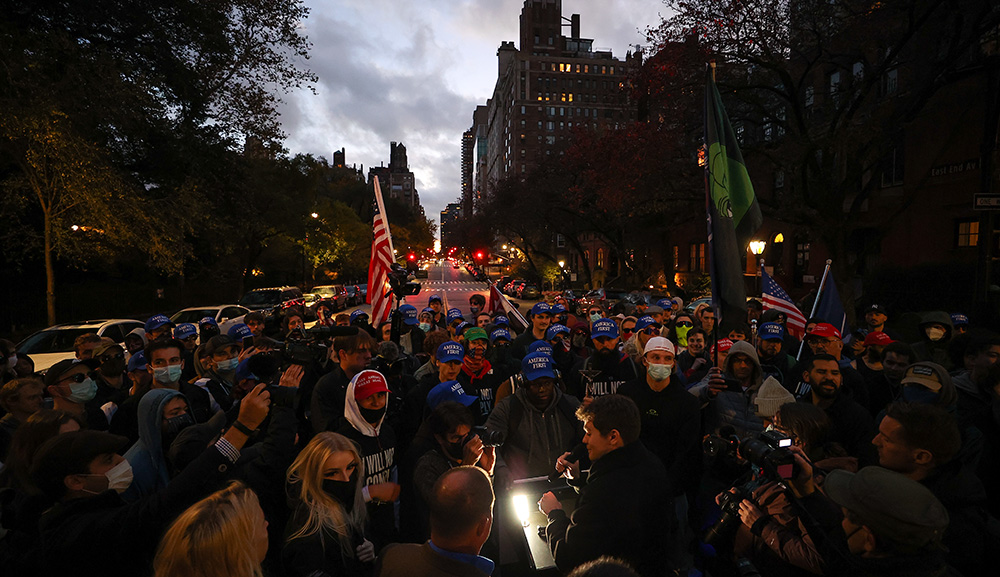In the 6th century BCE, Cyrus the Great famously conquered the Land of Israel, making possible the rebuilding of the Second Temple. Less well known is the Persian conquest of Jerusalem from the Byzantine empire, more than a millennium later. The invading Persian armies were even joined by a Jewish force eager to help wrest the Holy Land from Christian control. A recent study of a large cache of Roman coins, known as solidi, discovered in Jerusalem’s Givati parking-lot excavation several years ago, has revealed some rare evidence of this episode. David Hendin writes:
There were 264 gold solidi [bearing] a portrait of Heraclius in the Givati hoard. Heraclius ruled the Eastern Roman [or Byzantine] empire from 610 to 641 CE. None of the coins are clipped, carry graffiti, or have any other significant signs of use. . . . The Givati hoard is singularly homogeneous, and [the Israeli scholar Gabriela] Bijovsky concludes that “during this time (608-615 CE), and especially after the capture of Antioch by the Persians in 611 and until 613, the presence of a Byzantine military garrison in Jerusalem could explain the operation of a temporary mint in order to pay the troops and to emphasize Byzantine sovereignty over the city.”
Archaeological remains associated with the Persian conquest are quite sparse in Jerusalem. The archaeologists believe that the Givati hoard is correctly identified as an “emergency” hoard that was “concealed during times of imminent danger, siege, or war. These hoards usually reflect the coinage in current circulation at the time of their deposition.”
More about: Ancient Persia, Archaeology, Byzantine Empire, Jerusalem, Jewish history


